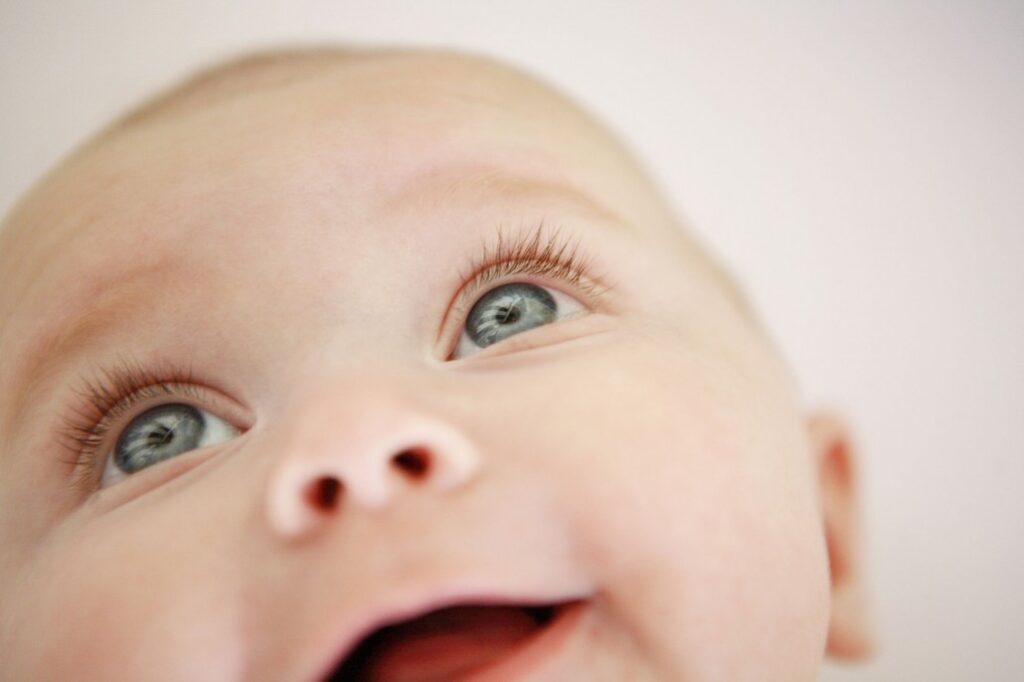Parents often ask Dr. Sharma when their children should have their first eye exam. Many serious eye conditions do not have obvious symptoms. Some only become obvious when the condition is too far advanced making it difficult to treat. So, it is extremely important that all children get regular eye exams.
When & How Often
It is recommended that children have at least one eye exam:
- Before the age of one
- Between the ages of two to five
- Yearly after starting school
Generally, children’s eye exams are covered by the Medical Services Plan (MSP). More information about coverage can be found here.
Two Common Eye Conditions In Children
Vision plays a critical role in your child’s early development. There are two common conditions children are at the most risk for, amblyopia and strabismus.
Amblyopia, commonly referred to as “lazy eye,” is where one eye has decreased vision due to an uncorrected prescription. A child may appear to function normally, making it difficult to detect this condition. Because the most important time period for proper sight development is before the age of six. If amblyopia is detected before this age, vision can often be restored to a normal level. If not treated, the amblyopic eye can become non-seeing.
The term “lazy eye” is often confused with “cross-eyed”. Optometrists refer to “cross-eyed” as strabismus. It occurs when one or both eyes are misaligned, and not focused on the same object at the same time. Your infant’s eyes may appear misaligned for the first six months, but this is usually normal. They can continue to remain crossed after. An evaluation can help determine if it is due to strabismus. If regular eye exams are missed, the misaligned eye may not develop as strongly as the other eye. This condition can be treated through the use of glasses, patching, prism, vision therapy and possibly surgery.
It is important to protect your child’s vision. Routine eye health evaluations by your family eye doctor are the best way to detect any complications.
If your child needs a comprehensive eye exam, give us a call or book online with Dr. Sharma. We would love to help your child see their very best!
